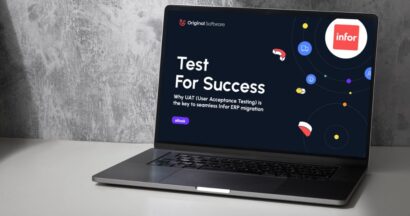Depending on the team’s level of skills and knowledge, it may be beneficial to have workshops before executing the plan to get the team ready, understand the process, and mitigate their issues and concerns. They will need to understand how the process works and their expectations and set the standards for producing and gathering feedback.
The feedback will need to be specified to the UAT’s objective; if you are interested in understanding issues, you will need to communicate this efficiently to all participating stakeholders. Using a capture tool is essential to make gathering this data accurate and support the users’ experience.

Competent capturing tools should capture the inputs and screenshots against the target applications, allowing users to add comments, feedback, and issue information. UAT best practices have managers seeking feedback beyond the initial issue reports; encouraging this helps improve engagement and ownership whilst also reducing the possibility of conflict with development and configuration teams.
Surveys are another way to increase user engagement by providing the opportunity for a broader perspective on acceptance and readiness. It also helps highlight the differences between broadly accepted concerns and individual ones that do not have broad support. Ideally, the UAT management platform will support the concept of user surveys and sharing of the results.

Train users
Collaboration will allow for faster access to resources as and when needed through early planning of who will do what, when and what is needed.
Things to consider
- Teach the testing process you want
- How to access the central system
- How to access the work allocation
- How to execute tasks and capture test steps
- Feedback process and standards
Execute the plan and monitor
Once the plan has been executed, ongoing monitoring is essential to ensure the UAT works efficiently.
Things to consider
- Ensure the central system is updated.
- Assess progress and rate of progress.
- Deal with issues and concerns.
- Maintain team motivation.
- Ensure the required results are achieved.
- Encourage good feedback.
- Communicate status with business users and stakeholders.
- Monitor completion rates.
- Monitor forecast completion.
- Monitor the level of issues reported.
- Provide a feedback loop to users of issue status.
As with any testing process, not all phases need to be implemented within every project, but each should be considered to achieve the best possible outcome.
We are covering the whole approach to UAT in a step-by-step guide. You can read the next part, Triage, or any of the other sections here:
Execution
Our UAT solution makes testing faster and easier for users and managers alike. Build, test, capture and manage your tests all in one place. Reduce effort by 60% in minutes.











